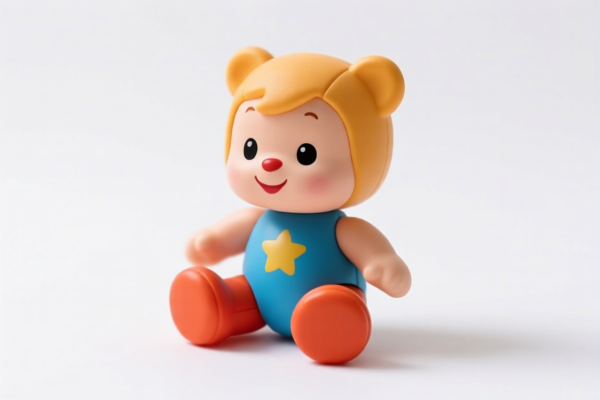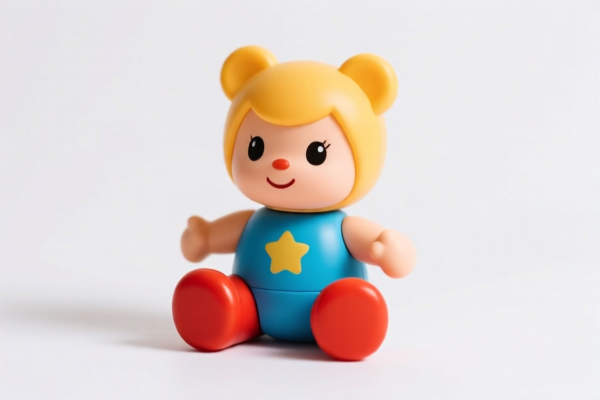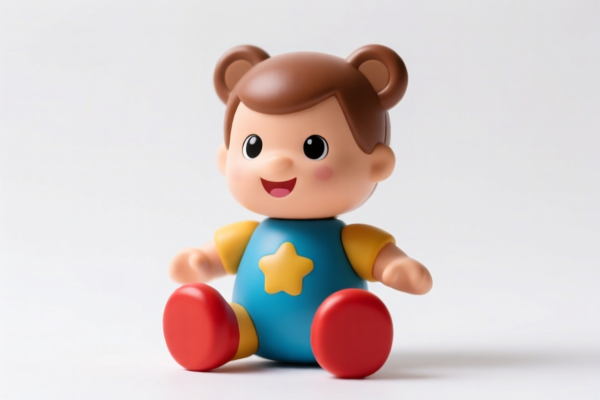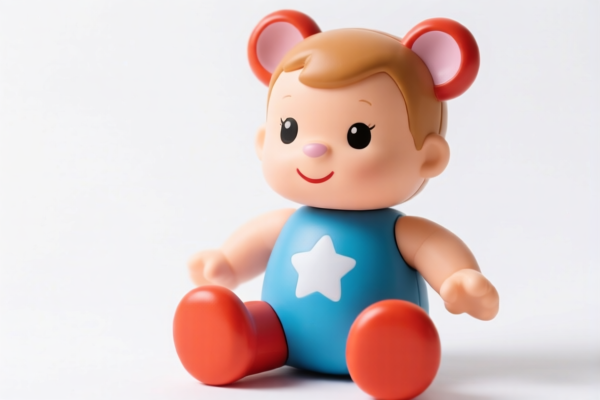| HS Code | Official Doc | Tariff Rate | Origin | Destination | Effective Date |
|---|---|---|---|---|---|
| 9503000071 | Doc | 30.0% | CN | US | 2025-05-12 |
| 9503000073 | Doc | 30.0% | CN | US | 2025-05-12 |
| 9505906000 | Doc | 30.0% | CN | US | 2025-05-12 |
| 9505902000 | Doc | 30.0% | CN | US | 2025-05-12 |
| 6815994170 | Doc | 55.0% | CN | US | 2025-05-12 |
| 6815992000 | Doc | 55.0% | CN | US | 2025-05-12 |
| 6801000000 | Doc | 57.8% | CN | US | 2025-05-12 |
| 3924104000 | Doc | 33.4% | CN | US | 2025-05-12 |
| 3924905650 | Doc | 40.9% | CN | US | 2025-05-12 |




Decompression Toy
A decompression toy is an object designed to relieve stress and anxiety. These toys utilize various mechanisms and materials to provide a tactile or sensory experience that promotes relaxation and focus.
Materials
Decompression toys are constructed from a wide range of materials, influencing their texture, durability, and function. Common materials include:
- Silicone: Highly pliable, durable, and often used for squishy toys and those requiring repeated manipulation.
- Thermoplastic Rubber (TPR): Similar to silicone, offering good elasticity and resistance to wear.
- Polyurethane Foam: Used in stress balls and squishy toys, providing a soft and compressible texture.
- Metal: Employed in fidget spinners, cubes, and other mechanical toys, providing a weighted and tactile experience. Stainless steel is a common choice.
- Plastic: Used for various components in mechanical toys, and sometimes for the outer casing of other types. ABS plastic is frequently used.
- Gel: Found in water beads and other squishy toys, providing a unique tactile sensation.
- Fabric: Used for beanbags, weighted blankets, and other soft, comforting toys.
- Clay: Used for moldable toys like Thinking Putty, offering a malleable and therapeutic experience.
Purpose & Function
The primary purpose of a decompression toy is to provide a physical outlet for stress and anxiety. They function through several mechanisms:
- Tactile Stimulation: The act of squeezing, manipulating, or interacting with the toy can provide a calming sensory input.
- Distraction: Focusing on the toy can divert attention from stressful thoughts and feelings.
- Repetitive Motion: The repetitive nature of using the toy can be soothing and promote a sense of calm.
- Muscle Relaxation: Squeezing or manipulating the toy can help to release physical tension.
- Improved Focus: Some toys can aid concentration by providing a subtle physical outlet.
Usage Scenarios
Decompression toys are used in a variety of settings:
- Stress Management: Individuals experiencing stress or anxiety can use these toys to self-soothe.
- Attention Deficit Hyperactivity Disorder (ADHD): Toys can aid focus and reduce fidgeting in individuals with ADHD.
- Autism Spectrum Disorder (ASD): Sensory toys can provide calming stimulation and aid in self-regulation.
- Workplace: Used to reduce stress and improve focus during work hours.
- School: Used by students to manage anxiety and improve concentration.
- Therapy: Used by therapists as part of a treatment plan for anxiety, stress, and other conditions.
- General Relaxation: Used by individuals seeking a calming and therapeutic experience.
Common Types
A diverse range of decompression toys exists, categorized by their mechanism and features:
- Stress Balls: Typically made of foam or gel, squeezed to relieve tension.
- Squishy Toys: Made of silicone or polyurethane foam, offering a soft and pliable texture. Often shaped like animals or other objects.
- Fidget Spinners: Mechanical toys with rotating arms, used to provide a tactile and visual distraction.
- Fidget Cubes: Small cubes with various buttons, switches, and dials, offering a range of tactile interactions.
- Thinking Putty: Moldable clay that can be stretched, bounced, and shaped, providing a therapeutic and tactile experience.
- Water Beads: Small, gel-like beads that can be squeezed and manipulated, providing a unique tactile sensation.
- Beanbags: Small, weighted bags that can be squeezed and manipulated, providing a calming and grounding sensation.
- Tangle Toys: Interlocking pieces that can be twisted and manipulated, providing a tactile and visual distraction.
- Infinity Cubes: Cubes composed of smaller cubes that can be flipped and rotated endlessly.
- Pop Its: Silicone toys with bubbles that can be popped, providing a satisfying tactile and auditory experience.
Based on the provided information, identifying the precise HS code for "decompression toy" requires careful consideration of its material, function, and intended use. Here's a breakdown of potentially relevant HS codes:
- 9503000071: This code covers Tricycles, scooters, pedal cars and similar wheeled toys; dollsʼ carriages; dolls, other toys; reduced-scale (“scaleˮ) models and similar recreational models, working or not; puzzles of all kinds; parts and accessories thereof “Childrenʼs productsˮ as defined in 15 U.S.C. § 2052: Other: Labeled or determined by importer as intended for use by persons: Under 3 years of age. If the decompression toy is specifically designed for children under 3, this HS code may be applicable. The total tax rate is 30.0%.
- 9503000073: This code covers Tricycles, scooters, pedal cars and similar wheeled toys; dollsʼ carriages; dolls, other toys; reduced-scale (“scaleˮ) models and similar recreational models, working or not; puzzles of all kinds; parts and accessories thereof “Childrenʼs productsˮ as defined in 15 U.S.C. § 2052: Other: Labeled or determined by importer as intended for use by persons: 3 to 12 years of age. If the decompression toy is intended for children between 3 and 12 years old, this HS code may be suitable. The total tax rate is 30.0%.
- 9505906000: This code covers Festive, carnival or other entertainment articles, including magic tricks and practical joke articles; parts and accessories thereof: Other: Other. If the decompression toy is considered a general entertainment article and doesn't fall into the specific category of magic tricks or practical jokes, this HS code could be relevant. The total tax rate is 30.0%.
- 9505902000: This code covers Festive, carnival or other entertainment articles, including magic tricks and practical joke articles; parts and accessories thereof: Other: Magic tricks and practical joke articles; parts and accessories thereof. If the decompression toy functions as a magic trick or practical joke item, this HS code is applicable. The total tax rate is 30.0%.
It is important to note that the final HS code determination depends on the specific characteristics of the decompression toy. If the toy is made of stone or other mineral substances, HS codes 6815994170 or 6815992000 might be considered. If it's made of plastic, HS codes 3924104000 or 3924905650 could be relevant.
Regarding HS code 9503000071 and 9503000073, please note that these codes are specifically for “Children’s productsˮ as defined in 15 U.S.C. § 2052, and proper labeling based on the intended age group is crucial.
Customer Reviews
No reviews yet.